As you know Kimonos are traditional Japanese costumes, but did you know that Kimono is not just an outfit that Kimono refers to Japanese folklore culture and therefore Kimono has 9 types? different.
Types of Kimonos
Furisode
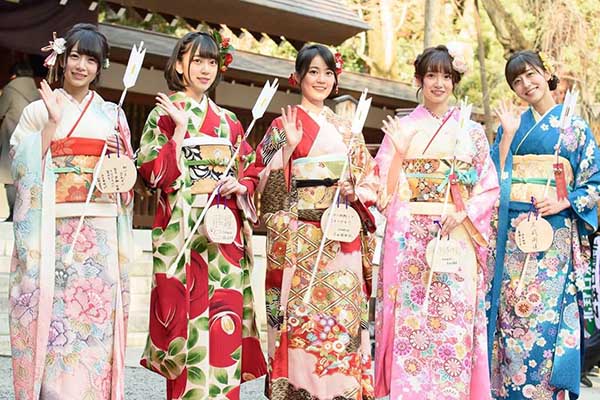
A type of shirt to wear on major holidays, such as when attending a wedding or attending a tea party. Furisode especially only for unmarried girls. One of Furisode’s special features is that the sleeves are long and wide to cover the hands and the Kimono Furisode will usually be bright colors and made of good quality silk. When they turn 20, they will take part in the adult ceremony and that’s when they wear Furisode. In Japanese society, wearing a Furisode is a clear statement that a single girl is ready to get married. The price of a Furisode depends on the fabric, style and workmanship of the tailor. A Furisode usually costs $ 15,000.
Yukata
A type of casual cotton Kimono, used for summer wear. Yukata is not as picky as Furisode. Traditionally, Yukata shirts were only available in two styles: white – dark blue or dark blue – white, but in recent years, Yukata shirts have been designed with many striking colors. In the olden days, Yukata robes were only worn at home after bathing. But nowadays, yukata is very popular (both men and women can wear it). The simple design of Yukata is for Japanese girls to wear without help (after a few practice sessions, they can be easily worn, because Yukata is not as picky as Furisode).
Yukata is usually worn during Bon-Odori (Japanese traditional dance festival in the summer) and festivals. Moreover, Yukata is widely used in traditional Japanese inns.
Houmongi Kimono
A wedding dress for married women. They will no longer be wearing Furisode. This kimono is often used while attending a wedding or tea party or when receiving a formal visit, the woman will wear Houmongi.
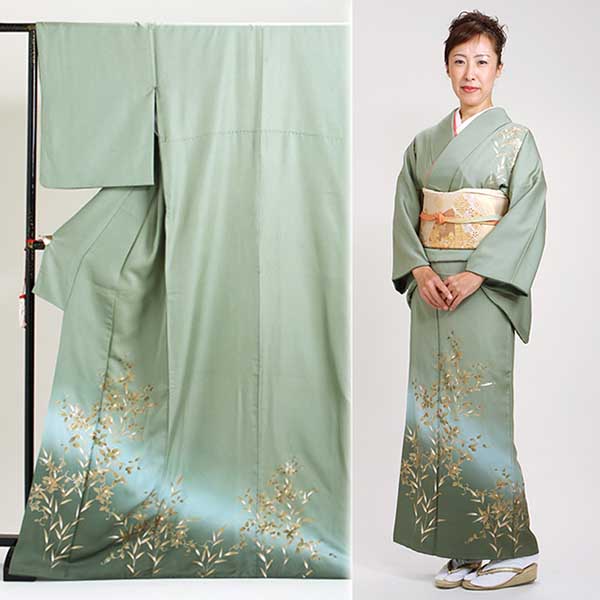
Tomesode Kimono
This type of kimono for married women has the same meaning as Houmongi, but the only difference is that Tomesode will have an emblem attached to the family symbol of the woman’s husband and this is the type of Kimono worn only on formal occasions like relatives in weddings.
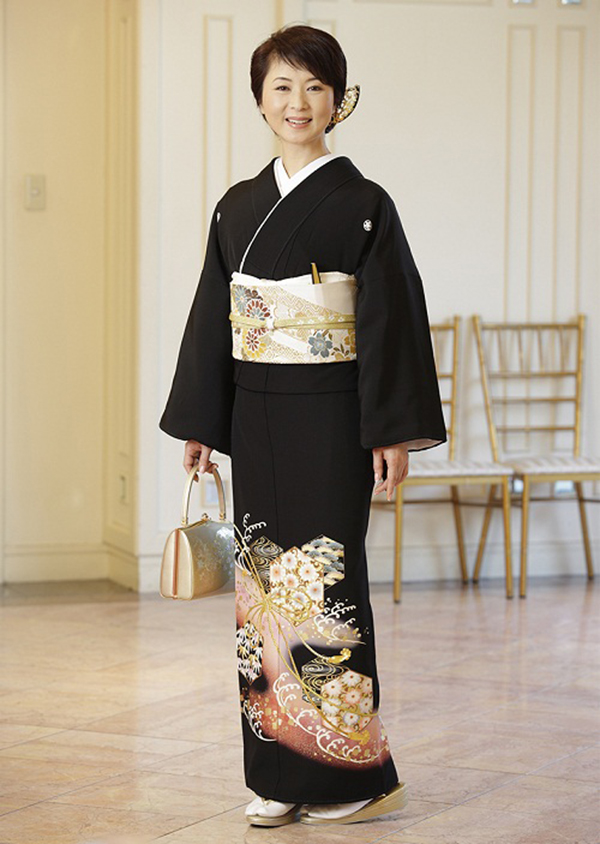
Mofuku Kimono
Only used for attending relative’s funeral. The whole kimono of this type is black.
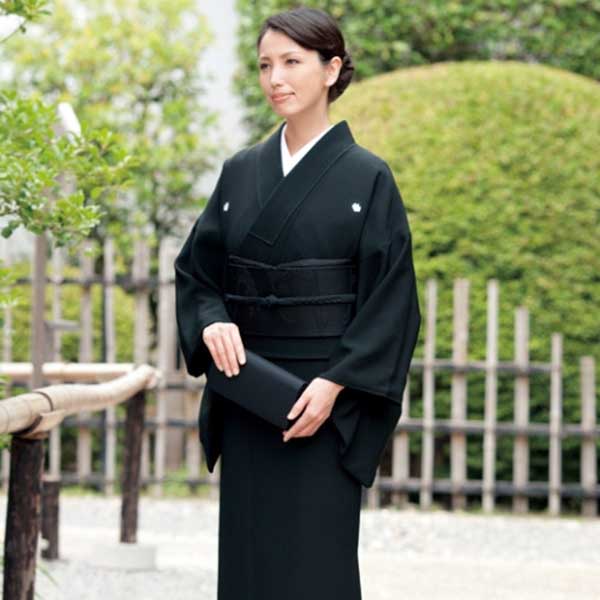
Shiromaku Kimono
It can be called this traditional wedding costume of a Japanese girl because if the wedding takes place traditionally, the bride will wear this type of Kimono called Shiromaku. Shiromaku Kimonos have very long dresses that can touch the ground and radiate out. Therefore, the bride must have the help of an accompanying person to be able to walk in this kimono. And white is the only color of Shiromaku Kimono because it symbolizes the bride’s purity both physically and mentally.
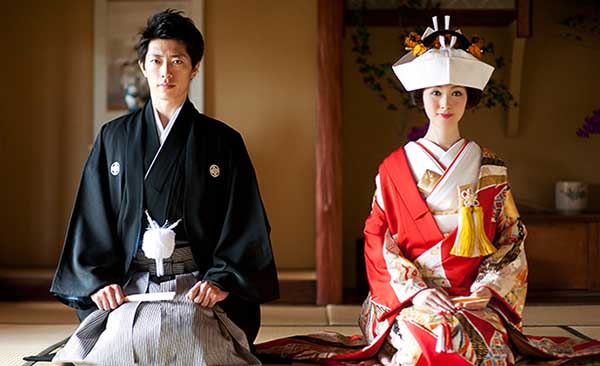
Tsumugi Kimono
This is a style of clothing for farmers and ordinary people
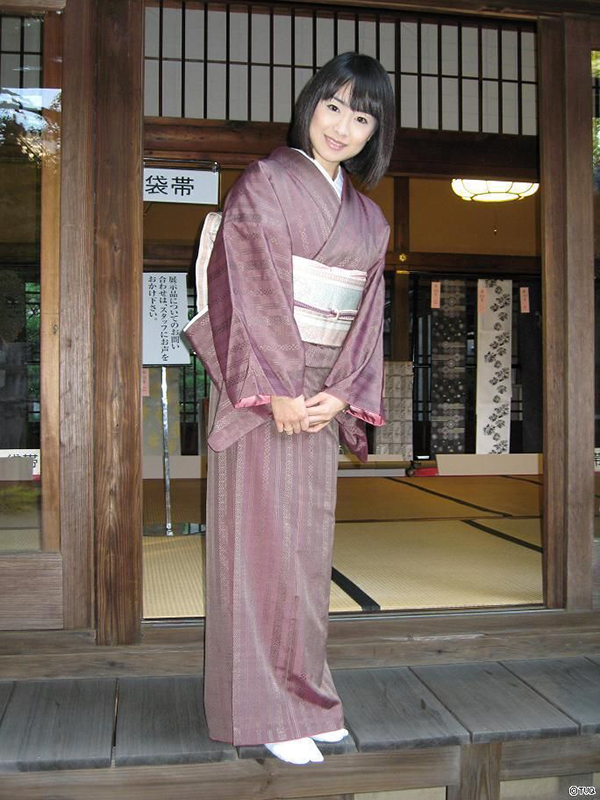
Tsukesage Kimono
This is decorated in a pattern that runs along the body and back of the shirt and then held together at the top of the shoulders, this shirt is worn at tea ceremony parties, flower arrangements and friends’ weddings.
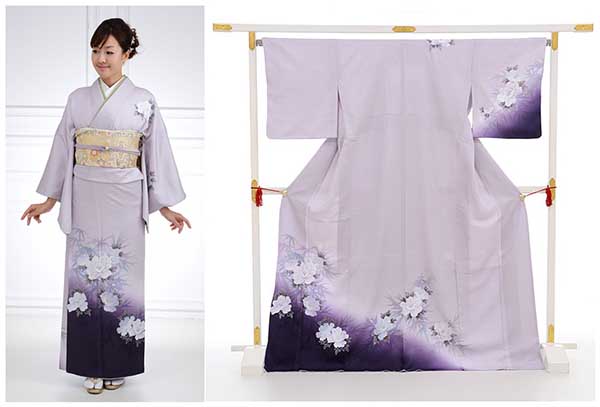
Note
After completing the kimono, Japanese women will have to carry around 7 to 10 kg more of the weight of a complete kimono. This is really a pain for anyone who wears a Kimono, not just Japanese women.
Wearing a Kimono requires ingenuity, knowledge of the wearer, the proficient training sometimes requires assistance to be able to wear a complete kimono. Even a geisha who wears a kimono every day has to say that “wearing a kimono is like a battle”. As such, it can be seen that Japanese women endure wearing Kimono and they no longer really want to wear it.
And one important thing, the most dominant is the cost of a Kimono is not low. Kimonos must be ordered at a Kimono shop that costs approximately $ 10,000 and if including Obi’s undergarments, belts, socks, sandals and accessories, can exceed $ 20,000, which Obi has accounted for. several thousand USD.
A series of ideas are put forward to restore the tradition of wearing Kimono from companies and businesses such as Kimono parties, Kimono classes, and even for employees to come to customers’ houses to help wear Kimono. The innovations of fabrics such as from traditional dyed silk to fabrics made from machines, how to sew Kimono.
The cost of accessories is also reduced to make Kimono suitable for your budget, the current Japanese needs so that Kimono is no longer “Beautiful but expensive, attractive but not convenient” in Japanese thinking.
You can also consult other useful travel information or search for interesting tourist destinations in Japan.